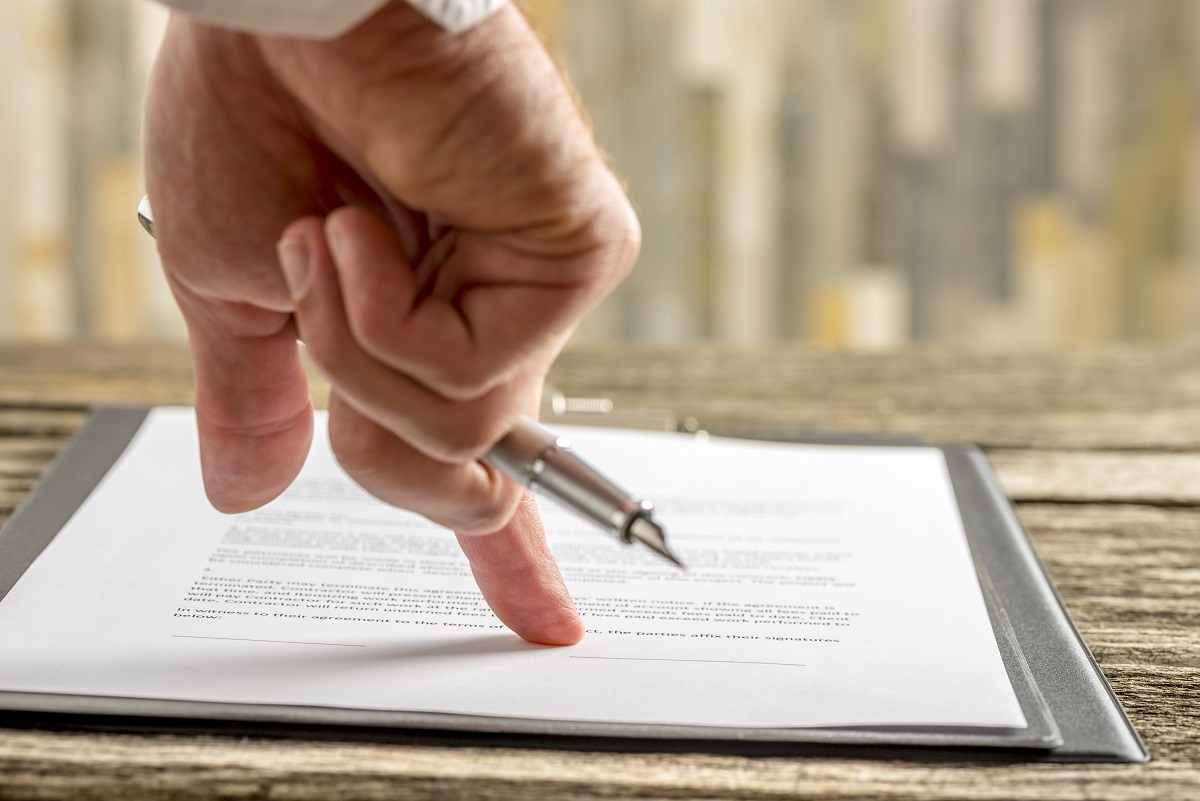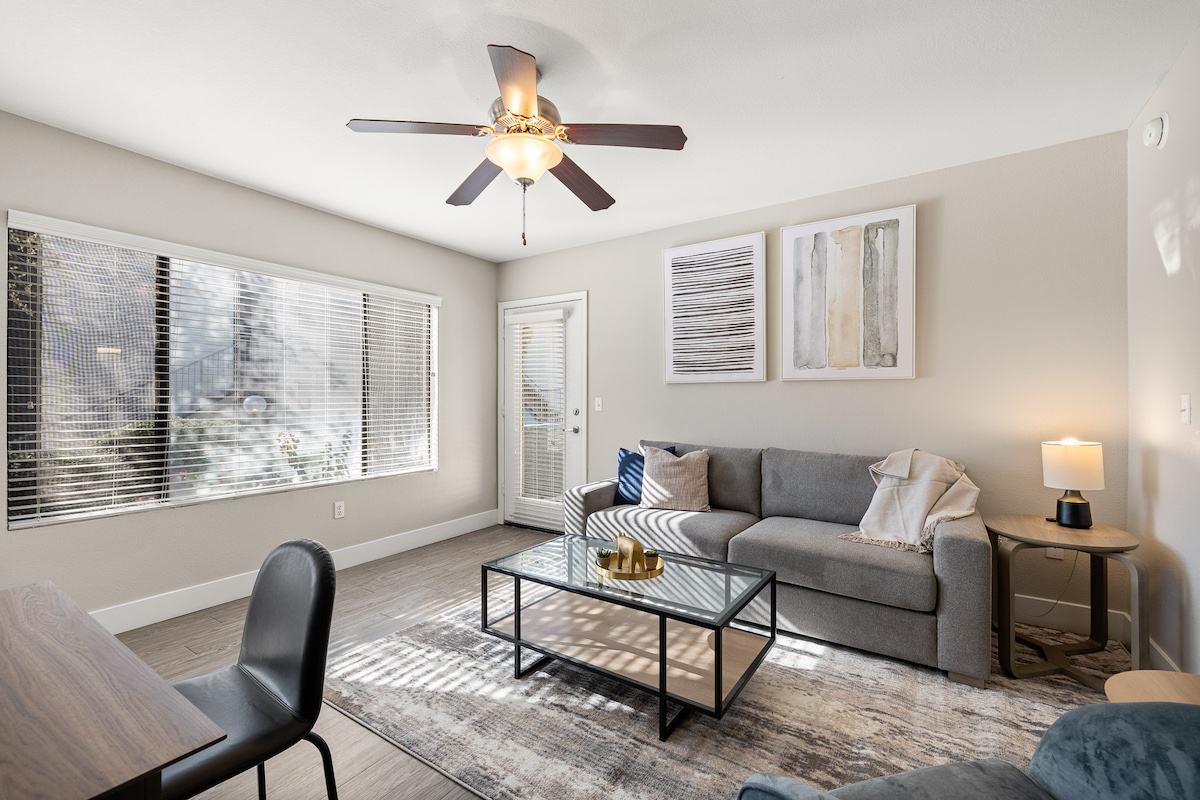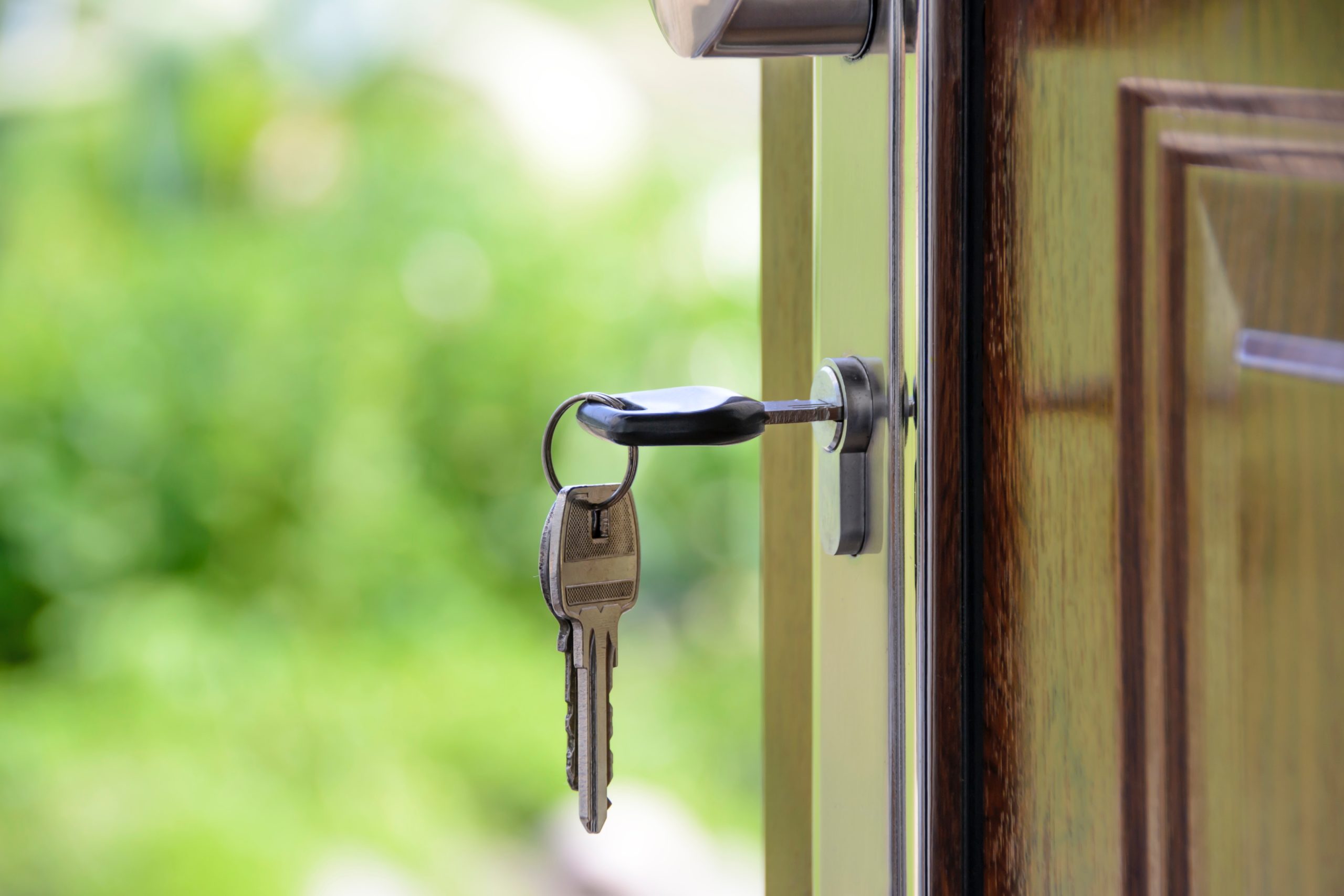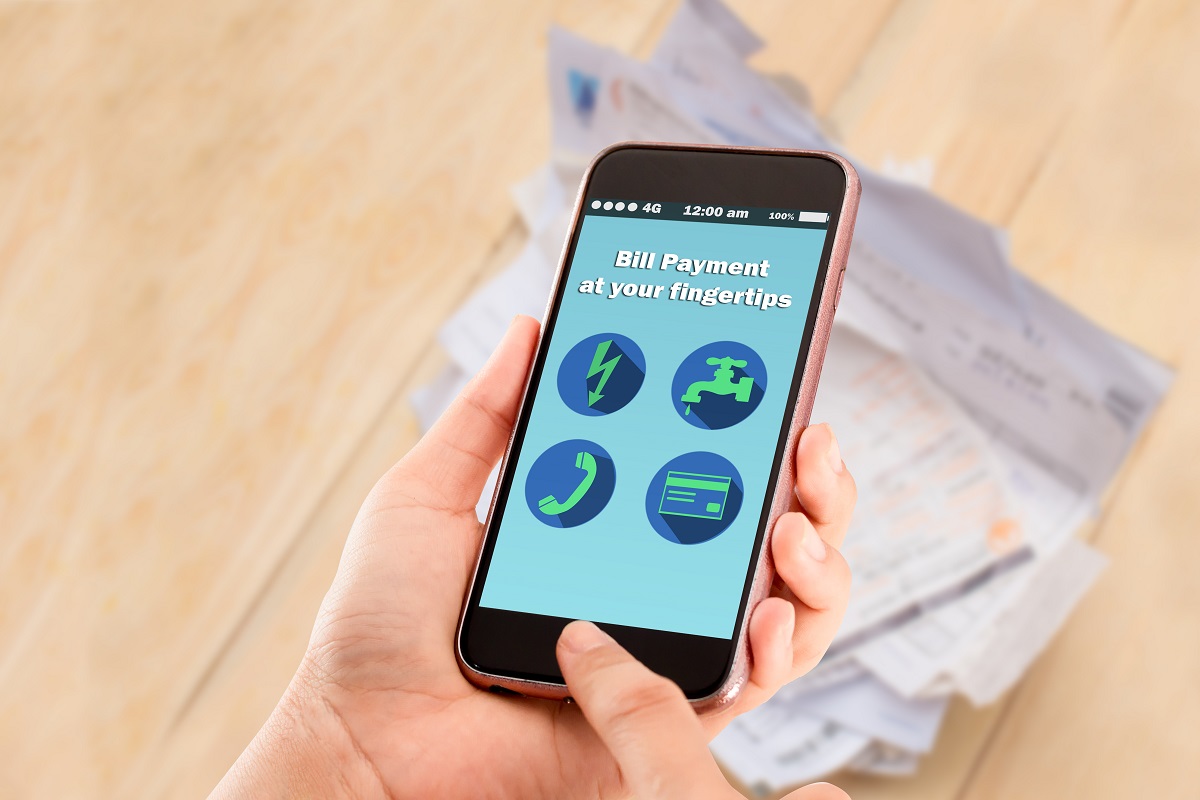
What Is a Sublease Agreement?

If you’ve been jet-setting from city to city, one of the biggest headaches can be dealing with your existing apartment on the side. After all, it’s just sitting there, eating up part of your monthly paycheck. Maybe you sublease to a friend, who will live in the apartment and pay you rent until you decide to return. But as the two of you hash out details, legal terms start popping up.
What is a sublease agreement? Do you need one? And how is that different from a sublet?
A sublease agreement is drawn up in these situations, specifying key terms between you, the original tenant, and your friend, the subtenant. Read on to learn about what’s involved in subleasing and the ins and outs of sublease agreements or a sublease contract, including:
- How a sublease contract works
- Subleases and legalities
- Should you use a sublease agreement form?
- How to write a sublease agreement form
How a sublease works
Let’s say you sign a one-year lease, but halfway through that period, your job takes you cross-country. You’re excited for the new adventure, but your lease term isn’t anywhere near ending.
When this happens, rather than breaking your lease agreement entirely, you can work out a sublease, a rental agreement where you, the original tenant, rent the property to a subtenant. During the period of the lease agreement, you typically serve as the point of contact for the sublessee.
This arrangement is commonly made when the original tenant is moving elsewhere for a short period of time. Example scenarios include:
- An extended out-of-town work assignment
- A medical issue that requires treatment found elsewhere
- A desire to travel and work remotely
You’re in the middle
Subleasing does not mean that you can wash your hands of your long-term lease. You will often be in direct communication with your sublessee and your landlord.
For example, you might be required to:
- Collect rent from the sublessee and pay the landlord
- Convey any issues the sublessee might have to the landlord, such as a broken key or a clogged sink
- Take part in discussions with both the sublessee and the landlord if damages occur
Subleasing is subletting, right?
Not exactly. Though subleasing and subletting are often used interchangeably, in a sublet, there is no subtenant. Rather, the new tenant enters into a two-way agreement with the landlord, and you are completely free of your lease. As part of this type of lease agreement, the new renter, or subtenant/sublessee, reports to you.
If you’re planning on a permanent move, you could consider a sublet instead.
Subleases and legalities
When it comes to setting up a subleasing agreement, there are a few legal hoops to jump through. Let’s break them down one by one.
Check your lease
The first and most basic step is to read the fine print in your lease term, which may have specific instructions on subleasing. You may find that:
- Your original lease explicitly forbids subleasing, in which case, you cannot proceed.
- Your lease does not mention subleasing, which generally means it’s allowed.
- Your lease allows sublease agreements but requires your landlord’s permission.
- Your lease allows sublease agreements without additional terms.
Don’t forget to check your state and local laws as well. Some areas allow subtenants by law, even if your lease prohibits it.
Talk to your landlord
Even if your lease does allow subleasing, it will most likely require that you get your landlord’s consent before moving forward. This condition is often backed by state and local laws as well.
If you’re worried about your landlord denying your request, keep in mind that there are also laws barring your landlord from withholding permission for no good reason. One reason that a landlord might prohibit this type of lease agreement, though, is if your subtenant does not meet the property’s normal application standards. So be sure to choose carefully when you decide to sublease.
Beyond the legal requirements, communicating with your landlord about subleasing and giving them proper notice is important in maintaining a good landlord-tenant relationship. You don’t want them to be surprised by the new face that’s suddenly popping up everywhere on the property.
Who is the responsible party?
In most cases, you (the current tenant) are responsible. Even if you give the landlord’s phone number to your sublessee and they resolve most issues between the two of them, the property owner does not have legal dealings with the sublessee.
You, the tenant, will be held responsible for meeting all the terms in the original lease agreement. For example, if your sublessee doesn’t pay rent for three months, it’s on you to get that payment over to your landlord. Of course, if you have a proper agreement in place, your sublessee can be held accountable for not paying you.
If you’re a prospective subtenant on the other end of a sublease, you know that this sort of agreement can get complicated, fast. Be aware that there are other hassle-free short-term living options available if you’re just getting started in a new city.
Should you use a sublease agreement?
You can see how subleasing doesn’t come without risk. That’s why it’s highly encouraged for you and your subtenant to have a written agreement in place. Verbal contracts can be vague, evolving, and difficult to enforce.
An official agreement also makes the terms and conditions clear to all parties, so there is no confusion later on. Far from seeming rude or pushy, a well-executed sublease agreement puts the two of you on solid ground. It also shows the sublessee that you’re taking this seriously and can be trusted.
Even if you’re renting to someone you know, make the effort to have legal and financial protection in place. You wouldn’t want to ruin the friendship over an unclear sublease.
Risks to consider
Examples of sublease troubles that you should hedge against include:
- The sublessee throws a party and accidentally damages the property.
- There is property damage that exceeds your security deposit amount.
- The sublessee forgets or refuses to pay rent.
- The sublessee invites more friends to stay at your place, creating tension with your landlord.
Protect your interests
Beyond just the legal agreement itself, there are also other steps for you to ensure you have a happy sublease experience. These might include:
- Conducting a background check: You might consider asking for references from your potential subtenant or using a third-party service to conduct a background check. Often, your landlord will help you with this, as the subtenant might need to meet the apartment complex’s application standards during the process.
- Act like a landlord or property manager: Treating the sublease as professionally as possible can only benefit you. Consider using a third-party service to manage rent payments and financial transactions. It’s helpful to have a trusted contact in the area.
- Rent to someone you know: This is not the time to meet someone new! Think about subleasing your apartment to someone in your circle of friends or someone with whom you have a mutual friend. You’ll have a better understanding of who they are as a person and whether they are responsible enough to take on your apartment.
- Have photo evidence: Remember those pictures you took when you moved into your apartment for the first time? Do the same in this situation. That way, if disputes around their security deposit occur, you have hard evidence of how things were before your subtenant moved in.
How to write a sublease agreement
It’s important to proceed carefully when drawing up a sublease agreement. Think about your own original lease and how much detail went into its creation. You might consider asking your subtenant for some of the same terms that apply to you.
For example, you might require that the subtenant:
- Pay you a security deposit
- Cover all late fees associated with rent
- Submit to a background check
Other important details to include in the contract are:
- Names and addresses of the original tenant and the subtenant
- Location and description of the property
- Start and end dates of the sublease
- Amount and frequency of rent payment
- Terms and conditions of the original lease
Consult professional legal advice
Sublease agreements are complicated, and your head might be spinning just thinking about all the details that go into a lease. The good news is that there are various templates online you can use to create your agreement.
These are relatively quick and easy, but if you want a more customized agreement that covers special circumstances related to your apartment, you can also find a legal professional to help.
Be sure to leave yourself plenty of time to dot your I’s and cross your T’s. A sublease agreement is not something to fudge at the last minute, and it’s not uncommon for people to start planning a month or two in advance, depending on how fast the rental market moves.
Welcome to Landing’s network: Sublease and set off on your next adventure
If you’re in the process of subleasing your place and are already dreaming about that perfect new apartment in your destination city, take a look at what Landing has to offer. From fully furnished studios to pet-friendly complexes, we provide a wealth of flexible short-term options.
Plus, the best part is that when you’re ready to move on to your next apartment, there’s no subleasing required—just provide two weeks’ notice, and you’re free to rent your next apartment somewhere new. Be part of the Landing network or contact us to learn more.









